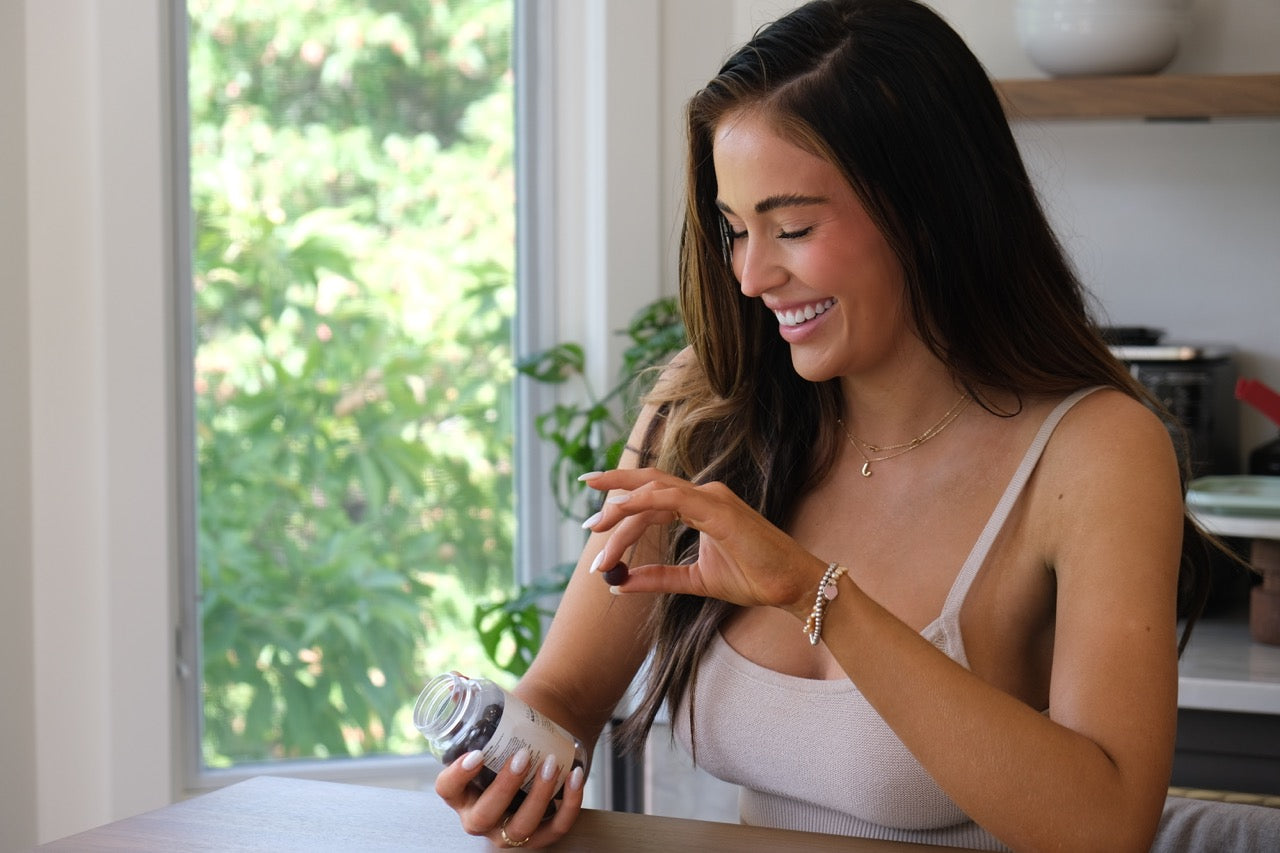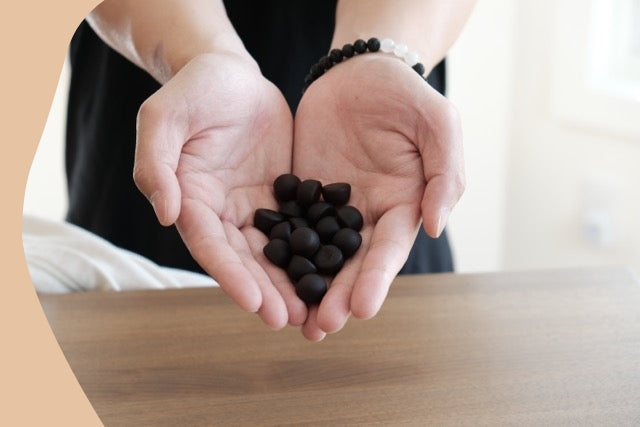
Speaking the Love Languages: Physical Touch
Buckle up! Out of all the love languages, the language of Physical Touch has many intricacies to explore. From learning what physical touch encompasses to setting boundaries, there is a lot to learn.
We’ve covered the basics here, but encourage you to check out Speaking the 5 Love Languages: The Myth of the In-Love Experience where we break down the theory of Gary Chapman’s five love languages.
Do You Think Physical Touch is Your Love Language?
Touch is tricky.
Bodies (and the people inside them) are sensitive, and to cross into someone’s personal space is a privilege. Often, this form of nonverbal communication requires a lot of verbal communication in order to be done effectively and, most importantly, respectfully.
To become proficient in speaking this particular love language, you must first understand consent.
Why is Consent so Important?
You might think that physical touch would come naturally to most people, especially those in romantic relationships–but you would be wrong.
Expressing love through touch has to be learned. Although many people are taught from a young age by their parents how to communicate love through touch, a huge fraction of people miss out on this training.
If one’s parents were neglectful, abusive, or simply just not “touchy” types, everyone learns to interpret the meaning of touch a little bit differently.
That doesn’t mean, however, that someone who didn’t grow up speaking the Physical Touch love language cannot learn how to become more physically literate. It also doesn’t mean that someone who grew up with a lot of physical affection will be easily able to communicate love through touch.
Learning to Use Physical Touch
Physical touch is an incredibly personal experience. “Whatever there is of me resides in my body,” explains author Gary Chapman, “to touch my body is to touch me” (emphasis mine).
That’s why, even if physical affection does come naturally to you, it is absolutely crucial to learn how your partner, family, friends, and anyone else you care about, experiences the feeling of being touched by another person.
Use Verbal Communication to Set Boundaries
It is entirely within your rights to set boundaries around the places you don’t want to be touched. You get to decide who touches you, where touch is permitted, how much, and how often. It’s your body. Your partner gets to decide their own boundaries for their own body, and your job as their partner is to respect that.
“Lovingly touching your spouse almost anywhere can be an expression of love. That does not mean that all touches are created equal… Your best instructor is your [partner]... don’t insist on touching [them] in your way in your time.”
Teach each other how to express love through touch in the ways that work for you.
“Try new touches in new places and let your [partner] give you feedback on whether [they] find it pleasurable or not,” suggests Chapman. Just make sure you’re asking permission every step of the way. “[Your partner] has the final word. You are learning to speak [their] language.”
At the very least, you will communicate love through your willingness to listen to and respect your partner.
Listen to your partner.
A touch that communicated love yesterday may be unwelcome today for any host of reasons. Don’t assume you have permission or be offended if your partner needs space, and don’t feel bad or guilty when you need to ask for space for yourself.
Make sure to read: How To Create Healthy Boundaries With Love Instead of Fear

Not a Fan of Touching?
It can be very difficult for those of us who do speak love so often through Physical Touch to be in partnerships with people who do not, either because our partners haven’t learned how or because they simply prefer to maintain their own space.
Especially in the latter case, the “touchier” partner may risk feeling disconnected from their partner. “To withdraw from my body is to distance yourself from me emotionally,” Chapman explains of those who have Physical Touch as a primary love language.
Start Small With Touch
If you prefer your space and touch doesn’t come naturally to you, consider trying out what Chapman refers to as “implicit” rather than “explicit” love touches.
Passing near your partner while you cross the room? Give their shoulder a quick squeeze or stroke their head on your way by. Play a little footsie under the table when you’re out for dinner.
For people who speak Physical Touch as a primary love language, these little actions mean a lot.
Experiment with different touches–you might just find you enjoy them more as time passes. And if you don’t, that’s okay, too! Your partner will still appreciate any efforts you make.
The Difference Between Physical Touch & Sex
Let’s be very clear about something:
Just because you love sex, or sex is integral in building intimacy with your partner, does not necessarily mean that Physical Touch is your primary love language.
Sex may be a dialect, a part of your expression of love, but its importance in your relationship may very well have nothing to do with your primary language of love.
Not all touch in a romantic relationship is sexual, just as not all touch, in general, is sexual. A hug with a partner may elicit a different emotional response than a hug with a friend or a parent, but it is not necessarily a sexual emotional response.
So, before you worry that your partner isn’t attracted to you or doesn’t love you based on your sexual relationship, keep in mind that the presence and frequency of sex in a relationship, for many people, is not always indicative of love.

Physical Touch is More Than Just Hugs & Kisses
Physical contact between human beings can foster very strong bonds. Regardless of your affinity for physical touch, it is proven that human-to-human contact can help decrease feelings of isolation and depression.
Touch is a very powerful communicator; “all societies have some form of physical touching as a means of social greeting,” and, Chapman adds, “almost instinctively in a time of crisis, we hug one another.”
But, just as touch can create bonds, it can just as easily break them if boundaries are crossed.
We’ve all had moments in life where words just weren’t enough. For the times when language feels inhibiting or inadequate, our bodies can often communicate at a deeper level. Hugs and handshakes need no translation.
Related article: Your Love Language, Based on Your Myers-Briggs Personality Type






